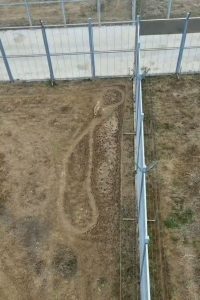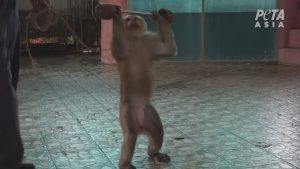Story By: Ana Marjanovic, Sub-Editor: Michael Leidig, Agency: Newsflash
The most complete embryos belonging to a duckbilled herbivorous dinosaur ever found have been unearthed by palaeontologists in China.
The scientists – who published their findings in the journal BMC Ecology and Evolution – reveal that they had found two dinosaur embryo fragments from the Upper Cretaceous in East China’s Jiangxi Province.
They said it was the most complete duck-billed dinosaur embryo fragments ever scientifically recorded and could be more than 70 million years old.
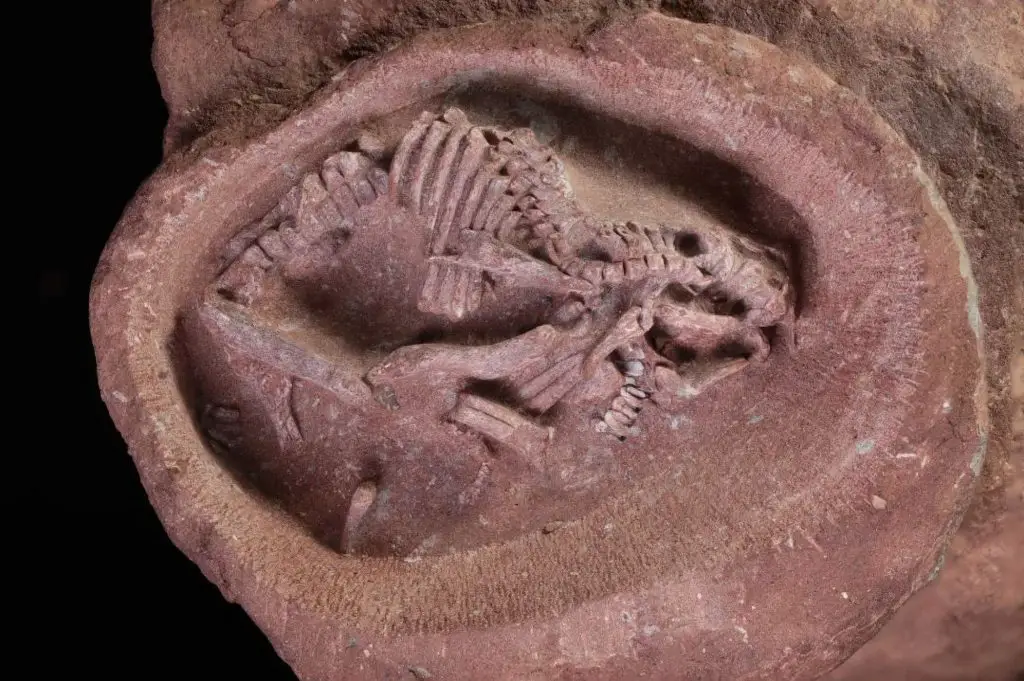
The thesis, co-published by the Yingliang Stone Natural History Museum, China University of Geosciences, and scholars from China’s Taiwan and Canada, said the specimen will yield new information on how dinosaurs evolved and developed – including reproductive development, behaviour, evolution, and paleoecology.
The specimens that are in two blocks have been named YLSNHM 01328 and YLSNHM 01373, and as they were from the same nest were given the nickname “Ying Baby” by the Yingliang Stone Natural History Museum in East China’s Fujian Province, where the valuable specimens are currently housed.
The Ying Baby, whose egg is an ellipsoid with a diameter of roughly 9 centimetres, originated from the Late Cretaceous strata in Jiangxi, dating back to about 72 to 66 million years ago.
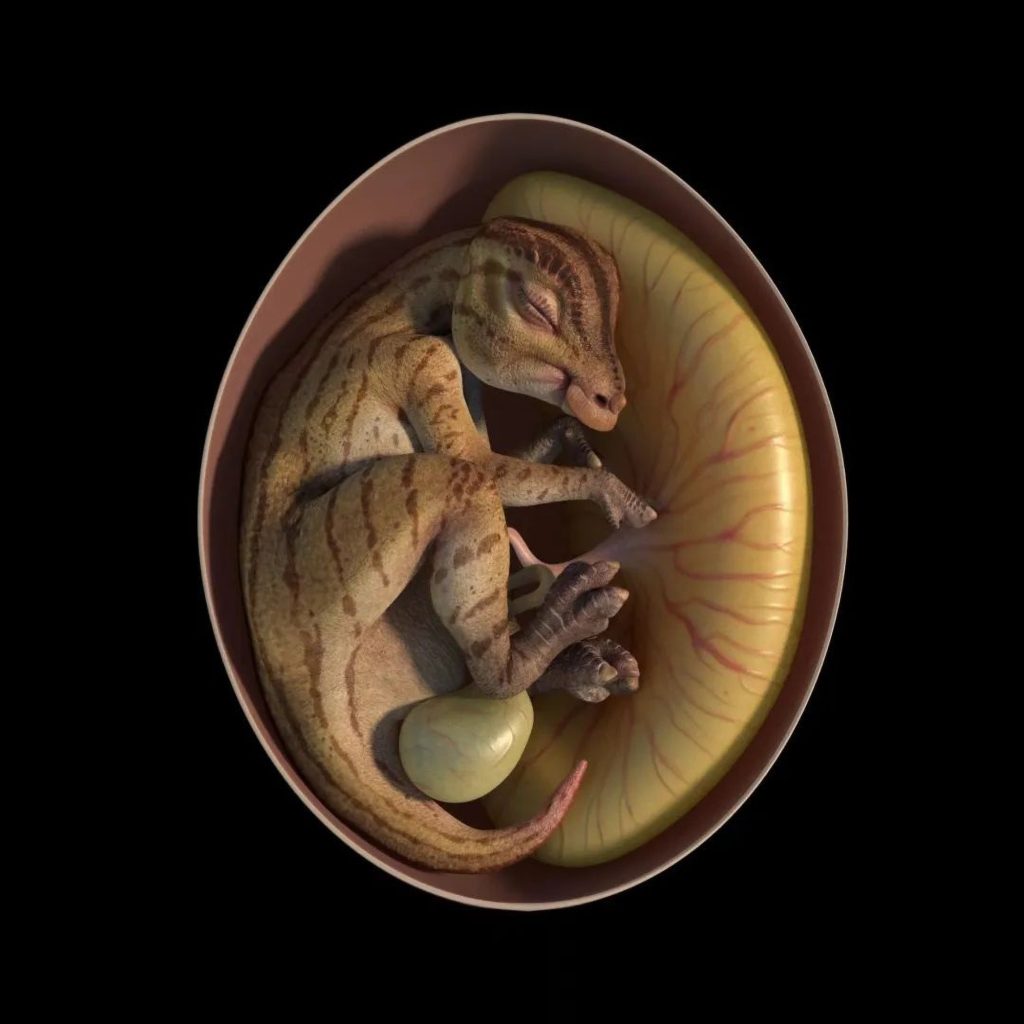
Scientists say that it belonged to a duck-billed dinosaur Judging by the unique shape of the skull, vertebrae, and limb bones of the embryo.
These large dinosaurs were also known as hadrosaurids, a class of large herbivore dinosaurs that lived at the end of the dinosaur era and were characterized by their duck-like flat beaks.
The Ying Baby is by far the best-preserved one ever discovered even though there have been previous embryos discovered.
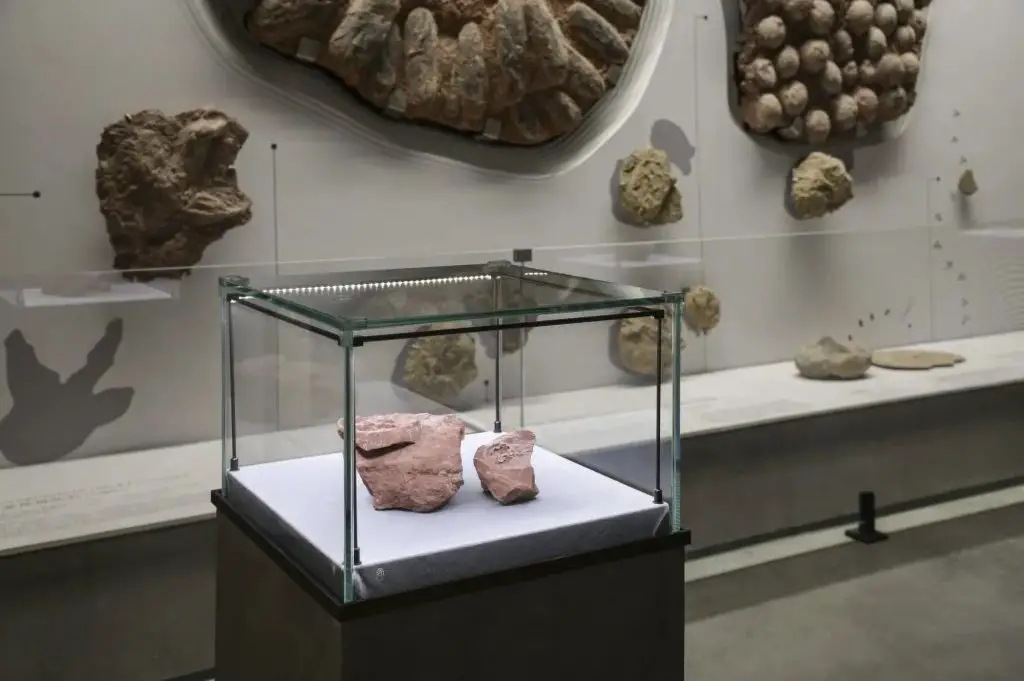
One of the most important new pieces of knowledge it provides about the development of dinosaurs is that the modest size of both the egg and embryo suggests that small eggs and late body development were a primitive trait of duck-billed dinosaurs.
Since 1859, a large number of dinosaur egg fossils have been found in many Mesozoic strata around the world and in China, especially fossils belonging to the late Cretaceous period.
However, very few of the previously discovered eggs still contained fossilized embryos, making Ying Baby one of the rarest existing fossils to date.

